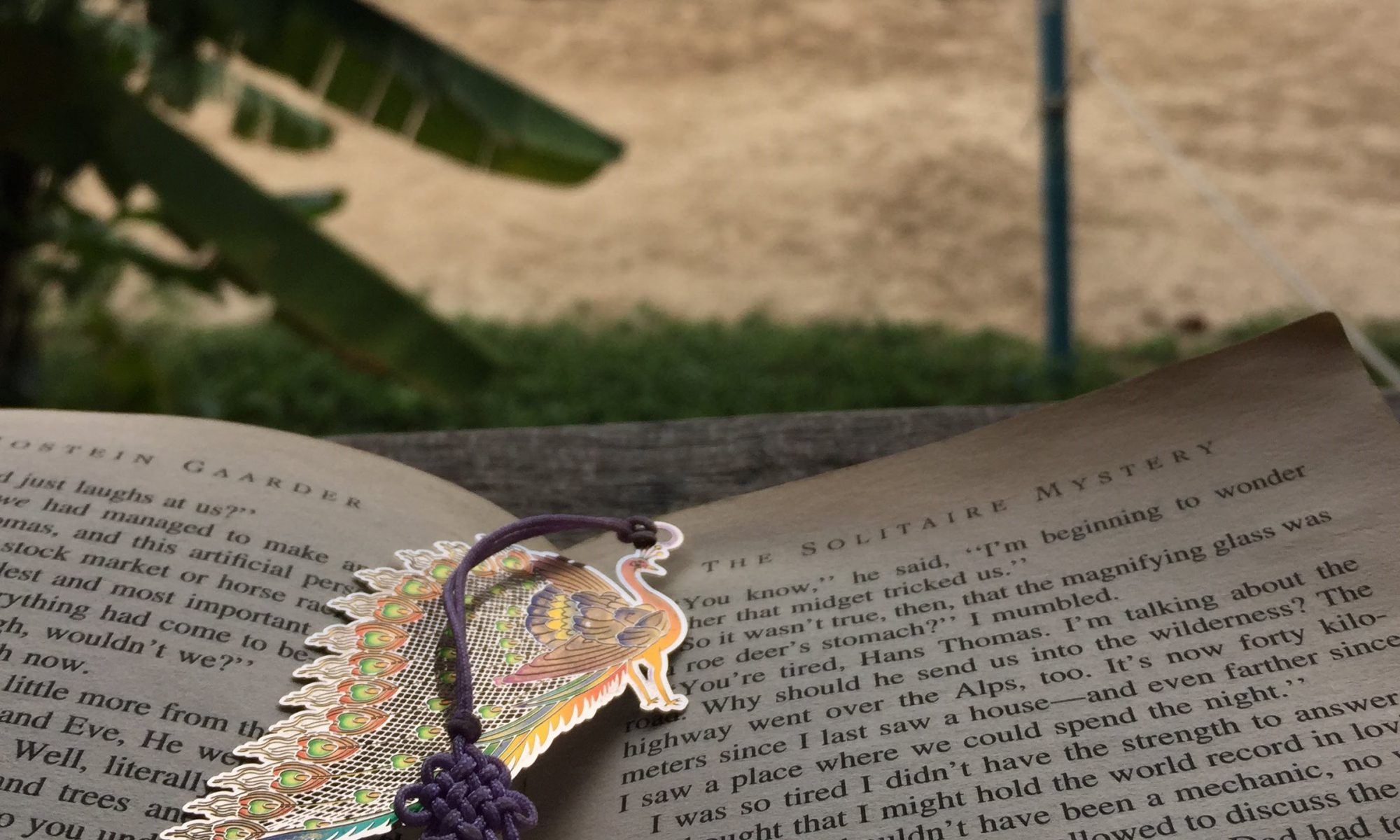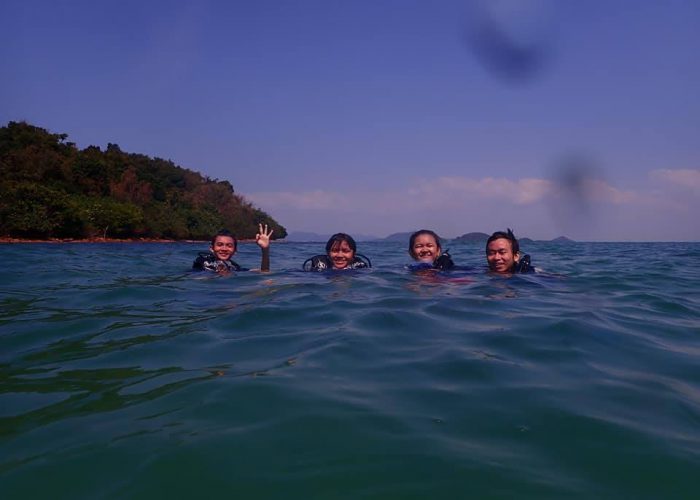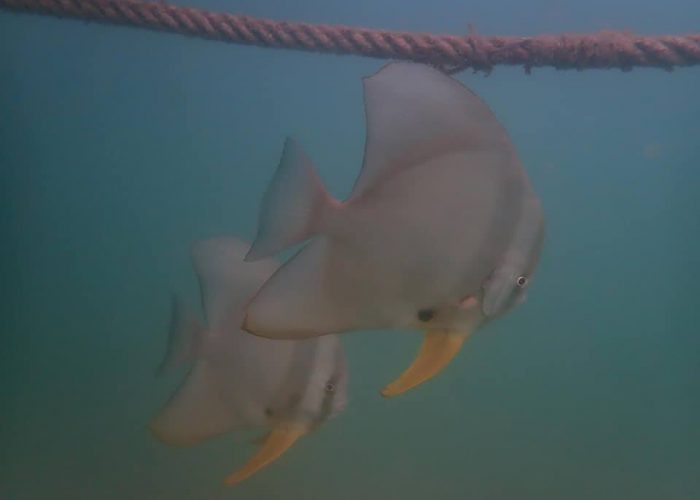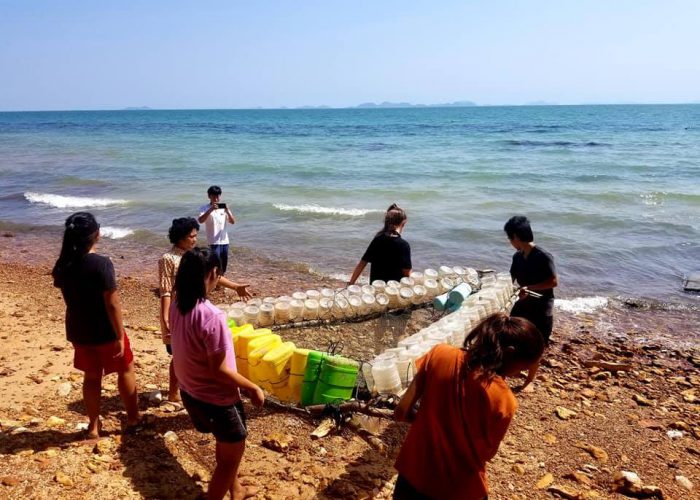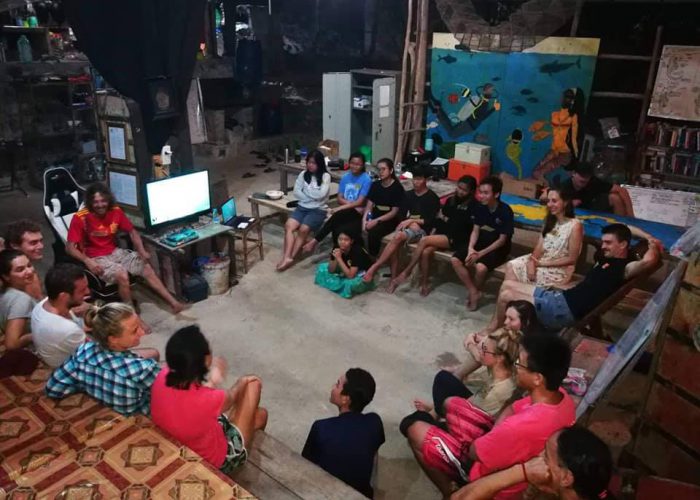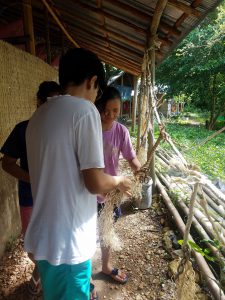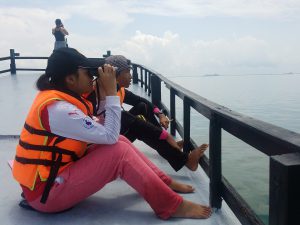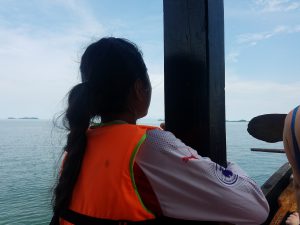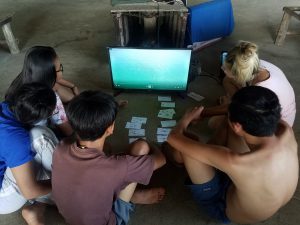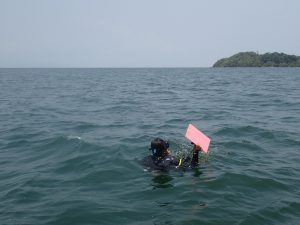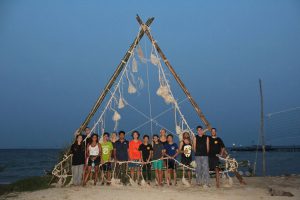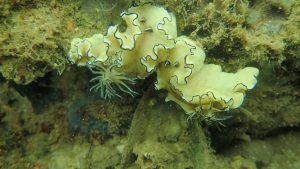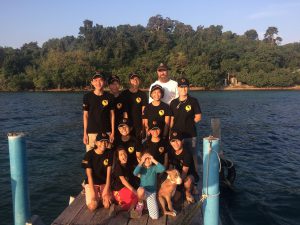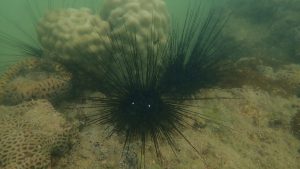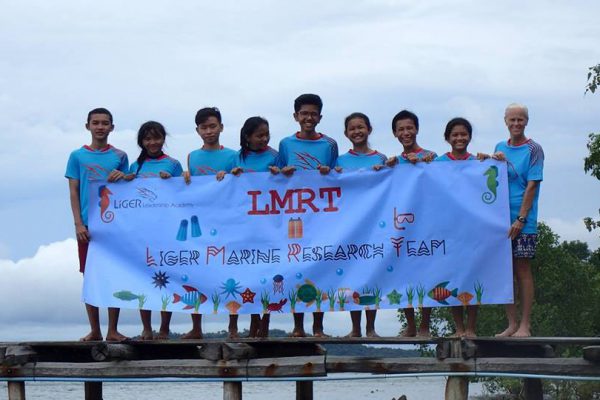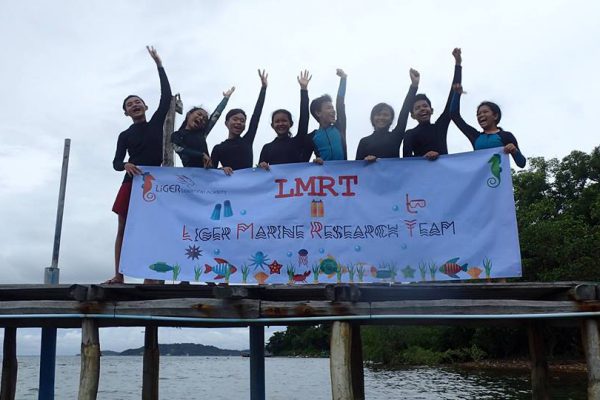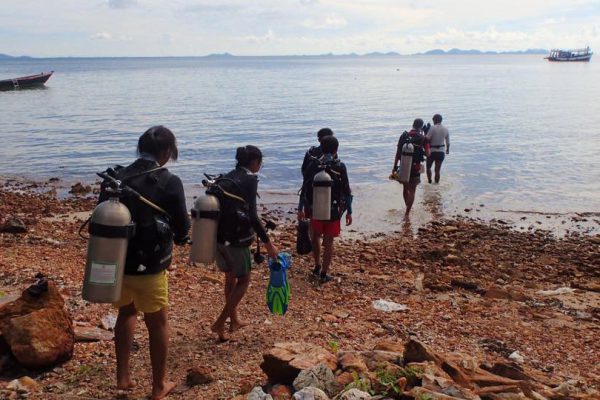My Journey as a Young Conservationist
“The only impossible journey is the one you never begin,” Anthony Robbin
One day before the summer of 2017, my science teacher came into the meeting room, wearing a snorkeling mask and fins — not something someone would do every day. We gave her a bizarre look and knew she was up to something. She explained about an opportunity given by Liger and MCC (Marine Conservation Cambodia) and that the students selected would involve in a long-term marine science project; I knew it was for me.
But one thing halted my excitement: we would be learning to dive. The idea of breathing underwater haunted me like how a fish would feel emerging into the land. It’s unnatural for any human beings to stay underwater and it’s even more abnormal for me. I don’t have a swim gene and couldn’t expect how I would feel while diving.
Anyhow, I knew that my passion for science is greater than my fear of diving.
I neglected my ineptitude in swimming and decided to apply. I was chosen to be one of the eight students involving in the first-ever Liger research team. That was a dream come true.
Before any work is put into the research, I dedicated my time in the summer holiday to learn about diving — spending a few hours each day learning about Boyle’s law, effective breathing pattern and etc. Things that struck me most was the possible injuries we can get underwater: sinus squeeze, mask squeeze, ear squeeze, and lung squeeze. I was terrified of diving already and those things just worsen my fright.
On the 28th of September 2017, the three-year adventure for the Liger Marine Research Team (LMRT) began. We traveled for three hours from Liger to the small port of Kep and continued on the MCC boat to Koh Seh. The wild, one-hour boat ride took me to a place I’ve never seen with people I barely knew.
After having a welcoming and delicious dinner, Liger, MCC staffs, and volunteers got to introduce ourselves to each other. There were people of all ages, from 18 year-olds to 30-year olds, people from different places and people with different backgrounds. That’s when I figured out we are the youngest and some of the few Cambodians there who would be working on marine research.
The next morning, we had our first dive lesson! Assembling the gears was a puzzle; my hands were shaking while putting the tank, the regulator and buoyancy compensator together. Carrying the massive equipments behind my back, I entered the water and followed my dive instructor. We then descended, and all I could see was the figure of people that dove with me. The water wasn’t that clear and I had to focus on what the instructor was doing. When I had to learn to clear my mask, the instructor introduced water into my mask and I couldn’t blow it out. I choked and instinctively came out of the water. That was one panicked moment. The rest of the dive went well, but it was still very difficult. Anyways, the “panic attack” stopped after a few dives. The next three days were packed with diving courses. It usually takes weeks or months to be a certified diver, but for us, 14 to 16 year-olds, only took four days to complete the course and be certified.
Besides learning to dive, we need to understand the methodology for doing underwater surveys because that’s a great part of our study. The MCC experts walked us through the process and even guided us through a practice survey underwater.
After all the training, we were able to deploy our artificial reef. Our hope for the artificial reef is for it to replenish the species that’s been lost due to illegal fishing activities and stop trawling which will prevent the excessive destruction of organisms.
The block is minuscule in comparison to the immensity of the ocean, but only one month after deployment, we could see our progress. We noticed plenty more fish and species on our second survey than we did during our first survey. We saw zero catfish on our baseline survey and we saw 50 of those the next survey. The progress that has been made in such as short period of time is significant — imagine decades after deployment.
I’m imagining the work we’re doing could lead to restoring the quality of our ocean. I’m imagining our ocean can be like Cabo Pulmo in Mexico: the vast abundance of biodiversity and clear water. This might not happen very soon, but it’s not impossible. We began the journey, so it’s possible.
What I learned more clearly from this experience is that perfection or accomplishment doesn’t happen overnight, it takes time and practice. We can think of it as a mango. We can’t pick a green mango from a tree and expect it to be sweet and juicy; it takes more time for the mango to be ripen and gain excellent taste. If we want to see the change, the accomplishment, we have to be patient and know that the effort we put in is worth the change we’ll see in the coming future.
